Home>Garden Essentials>When To Fertilize Grass Seed
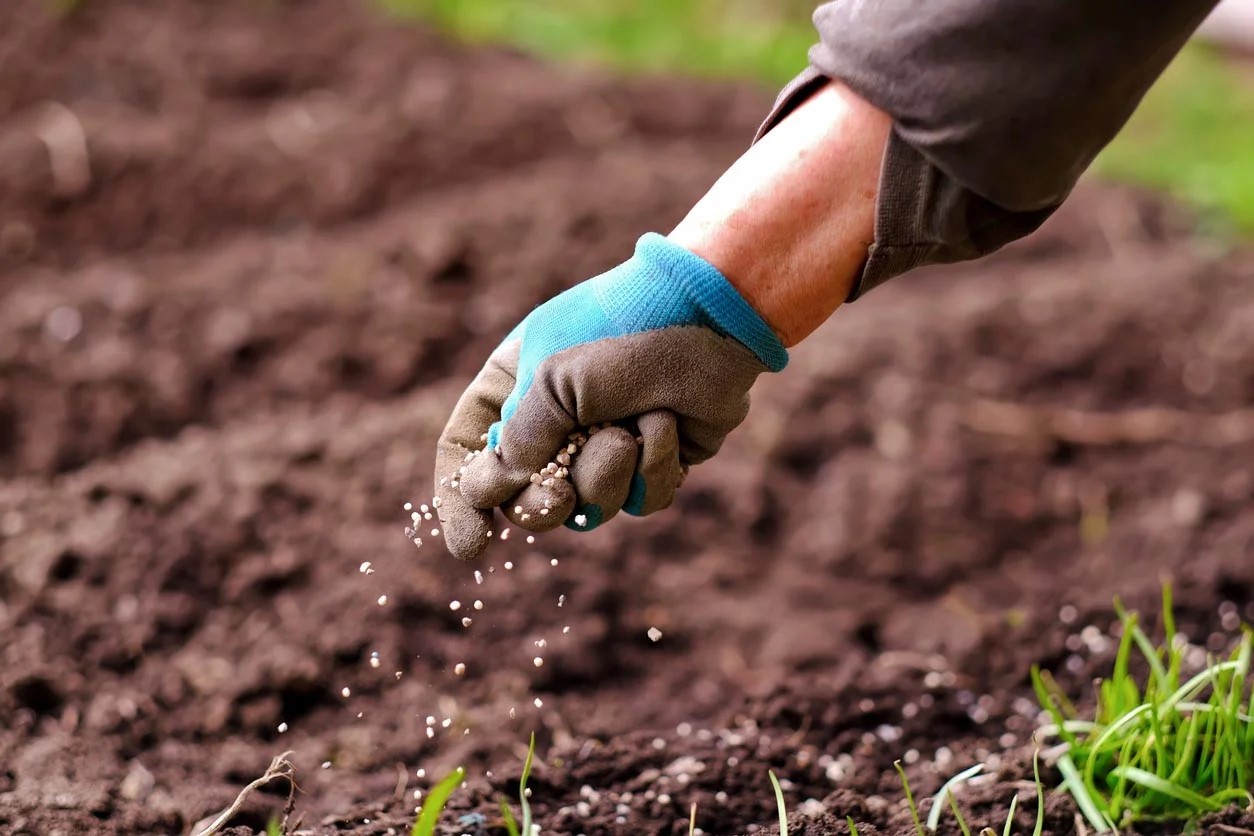

Garden Essentials
When To Fertilize Grass Seed
Modified: March 15, 2024
Discover the ideal timing to fertilize your garden with grass seed. Learn expert tips for nourishing your growing grass and achieving a lush, healthy lawn.
(Many of the links in this article redirect to a specific reviewed product. Your purchase of these products through affiliate links helps to generate commission for Storables.com, at no extra cost. Learn more)
Introduction
Growing a lush, healthy lawn requires more than just planting grass seeds. Proper care and maintenance play a crucial role in ensuring your grass seed flourishes into a beautiful green carpet. One essential aspect of lawn care is fertilizing grass seed.
Fertilizing grass seed provides the necessary nutrients to support growth and establish a strong root system. It gives your grass seedlings the best chance of thriving and developing into a resilient and durable lawn. However, knowing when to fertilize grass seed is key to achieving optimal results.
In this article, we will explore the significance of fertilizing grass seed, factors to consider before fertilizing, the best time to apply fertilizer, and how to effectively fertilize your grass seed to promote healthy growth. Let’s dive in and unlock the secrets to successful grass seed fertilization.
Key Takeaways:
- Fertilizing grass seed provides essential nutrients for strong, healthy growth, but it’s crucial to wait until the seedlings have established before applying fertilizer to avoid damaging them.
- Choosing the right fertilizer, timing, and application method is key to promoting a vibrant and resilient lawn. Avoid common mistakes like overfertilization and poor timing for successful grass seed growth.
Read more: When To Spread Grass Fertilizer
Importance of Fertilizing Grass Seed
Fertilizing grass seed is crucial for several reasons. First and foremost, it provides the essential nutrients that young grass seedlings need to establish strong roots and grow vigorously. These nutrients, including nitrogen, phosphorus, and potassium, are the building blocks of plant growth and help facilitate photosynthesis, nutrient absorption, and overall plant health.
When you fertilize grass seed, you are essentially providing a kick-start to the growth process. This is especially important for newly seeded areas or patches where the soil may lack sufficient nutrients. The fertilizer acts as a supplemental source of nutrients, giving the grass seedlings a head start in their journey towards a healthy and lush lawn.
In addition to promoting growth, fertilizing grass seed also helps improve the overall health and resilience of the lawn. A well-nourished lawn is better equipped to withstand environmental stresses such as drought, disease, and foot traffic. It develops a robust root system that can access water and nutrients more efficiently, allowing it to thrive even in challenging conditions.
Furthermore, fertilizing grass seed can help address common deficiencies in the soil. Different regions have varying soil compositions, and some soils may lack specific nutrients necessary for optimal plant growth. By applying the right type and amount of fertilizer, you can supplement these deficiencies and create a more balanced and fertile soil environment for your grass seed to flourish.
Another advantage of fertilizing grass seed is its ability to aid in weed prevention. When grass seed establishes quickly and grows densely, it leaves little room for weeds to take hold. Fertilizer helps promote rapid germination and growth of grass seed, allowing it to outcompete weed species and create a dense, lush lawn that naturally prevents weed growth.
Overall, fertilizing grass seed is a crucial step in establishing a healthy and resilient lawn. It provides essential nutrients, boosts growth, improves soil fertility, and helps prevent weed infestation. By understanding the importance of fertilization, you can give your grass seed the best start and set the stage for a vibrant and thriving lawn.
Factors to Consider Before Fertilizing Grass Seed
Before you rush to fertilize your grass seed, it’s important to consider a few factors to ensure you make the right choices for your lawn. By taking these factors into account, you can tailor your fertilizer application to suit your specific needs and maximize the benefits for your grass seedlings.
1. Soil Testing: Conducting a soil test is an essential first step. It provides valuable information about the nutrient levels and pH of your soil, allowing you to make informed decisions about fertilizer requirements. Soil tests can be done using DIY kits or by sending samples to a professional laboratory for analysis.
2. Nutrient Requirements: Different grass species have varying nutrient requirements. Understanding the specific needs of your grass seed will help you choose the appropriate fertilizer formulation. Nitrogen (N), phosphorus (P), and potassium (K) are the primary nutrients to consider, with varying ratios depending on your grass type.
3. Environmental Factors: Consider the climatic conditions and the time of year when fertilizing your grass seed. Extreme heat or cold can impact the effectiveness of fertilizers. It is generally recommended to avoid fertilizing during periods of temperature extremes or drought conditions to prevent stress on the grass seedlings.
4. Starter Fertilizers: Consider using a starter fertilizer specifically designed for grass seed. These fertilizers typically have a higher phosphorus content to encourage root development and early growth. Starter fertilizers can provide a beneficial boost during the critical early stages of grass seed germination.
5. Fertilizer Application Method: Determine the best method for applying fertilizer to your grass seed. Depending on the area size, you can use a broadcast spreader for large lawn areas or a handheld spreader for smaller patches. Careful and even distribution of the fertilizer will help achieve uniform nutrient availability for the grass seedlings.
6. Environmental Impact: It’s important to consider the environmental impact of fertilizer application. Choose fertilizers that are slow-release or organic to minimize the risk of nutrient runoff into water bodies. Follow the instructions on the fertilizer packaging to ensure proper application rates and prevent overfertilization.
By considering these factors, you can make informed decisions about when, how, and what type of fertilizer to apply to your grass seed. This will help optimize the growth and health of your lawn while minimizing potential environmental impacts.
When Not to Fertilize Grass Seed
While fertilizing grass seed is generally beneficial, there are certain situations when it is best to hold off on applying fertilizer. Timing is crucial to ensure the success of your lawn establishment and to avoid potential issues that may hinder the growth of your grass seedlings. Here are some instances when it is not ideal to fertilize grass seed:
1. Immediately After Seeding: It is generally recommended to wait until after the grass seedlings have germinated and established before applying fertilizer. The young seedlings are delicate during this stage, and fertilizer can potentially burn or damage them. Waiting for the grass to reach a height of two to three inches before fertilizing is a good rule of thumb.
2. During Extreme Weather Conditions: Avoid fertilizing grass seed during periods of extreme heat, drought, or cold temperatures. These conditions can stress the grass seedlings, and fertilizer application may exacerbate the stress. Wait for more favorable weather conditions to ensure that the grass seedlings are in a healthy state before applying fertilizer.
3. Low Soil Moisture: If the soil is dry, it is not the ideal time to fertilize grass seed. Before applying fertilizer, ensure that the soil is adequately moist, as this allows the nutrients to be readily available to the grass seedlings. Water the area thoroughly a day or two before fertilizing to ensure optimal moisture levels.
4. Grass Seedling Diseases: If your grass seedling area is affected by diseases or fungal infections, it is important to address these issues before fertilizing. Fertilizer can potentially exacerbate the conditions and increase the severity of the diseases. Consult a professional or address the underlying issues before applying fertilizer.
5. Overfertilization Risks: Overfertilizing can harm grass seedlings and lead to nutrient imbalances in the soil. It is crucial to follow the recommended application rates provided by the fertilizer manufacturer. Applying excessive amounts of fertilizer will not accelerate growth and may instead cause damage to the grass seedlings.
By avoiding fertilizing grass seed during these specific situations, you can minimize the risk of damaging or stunting the growth of your grass seedlings. It is essential to prioritize the health and well-being of the young seedlings and provide them with the best conditions for successful establishment.
Best Time to Fertilize Grass Seed
The timing of fertilizer application plays a crucial role in the successful establishment and growth of grass seed. The best time to fertilize grass seed is when the seedlings have reached a certain stage of growth and the environmental conditions are favorable. Here are some guidelines to help you determine the ideal time to apply fertilizer to your grass seed:
1. After Germination: It is generally recommended to wait until the grass seedlings have germinated and established before applying fertilizer. This is usually when the seedlings have grown to a height of two to three inches. Applying fertilizer at this stage ensures that the young plants have developed a substantial root system and are better equipped to absorb and utilize the nutrients.
2. Early Spring or Fall: The best seasons to fertilize grass seed are typically early spring and fall. These seasons provide cooler temperatures and more favorable growing conditions. In spring, apply fertilizer as soon as the soil has thawed and dried out sufficiently. In fall, fertilize a few weeks before the first expected frost to help the grass seedlings prepare for winter dormancy and promote early growth the following spring.
3. Mild Weather: Choose a day with mild weather conditions for fertilizing grass seed. Avoid applying fertilizer during periods of extreme heat or drought, as this may stress the grass seedlings. Aim for a day with a moderate temperature and calm wind to ensure the even distribution of the fertilizer and minimize the risk of nutrient runoff.
4. Following Rain or Irrigation: Before applying fertilizer, ensure that the grass seed area has received sufficient water. Ideally, the soil should be moist but not waterlogged. If the weather has been dry, water the area thoroughly a day or two before fertilizing to promote nutrient absorption and prevent fertilizer burn. Applying fertilizer to dry soil may cause damage to the grass seedlings.
5. Understanding Grass Growth Patterns: Different grass species have varying growth patterns. Some grasses grow vigorously in the cool season, while others thrive during the warm season. Understanding the growth patterns of your grass seed will help you determine the ideal time to apply fertilizer. Cool-season grasses generally benefit from spring and fall fertilization, while warm-season grasses can be fertilized during their active growth periods.
By considering these factors and timing your fertilizer application accordingly, you can optimize the growth and health of your grass seed. The best time to fertilize grass seed is when the seedlings have established, the weather is mild, and the soil is adequately moist. Following these guidelines will give your grass seed the best chance to develop into a lush and vibrant lawn.
Fertilize grass seed 6-8 weeks after planting, using a slow-release fertilizer with a high phosphorus content to promote root growth. Avoid fertilizing too early, as it can damage the young seedlings.
Read more: When To Apply Fertilizer To Grass
Types of Fertilizer for Grass Seed
Choosing the right type of fertilizer for your grass seed is essential to provide the necessary nutrients for healthy growth. There are various types of fertilizer available, each with its own composition and benefits. Understanding the different types will help you make an informed decision based on the specific needs of your lawn. Here are some common types of fertilizer for grass seed:
1. Complete Fertilizer: Complete fertilizers, also known as balanced fertilizers, contain a mix of nitrogen (N), phosphorus (P), and potassium (K), along with other essential micronutrients. These fertilizers provide a well-rounded combination of nutrients for overall grass health and growth. Look for a complete fertilizer with a balanced ratio, such as 10-10-10 or 20-20-20, to ensure a balanced nutrient application.
2. Starter Fertilizer: Starter fertilizers are specifically formulated for newly seeded or newly sodded areas. They typically have a higher phosphorus content, represented by the middle number in the N-P-K ratio, which promotes root development and early growth. Starter fertilizers are beneficial for establishing a strong root system and encouraging quick establishment of grass seedlings.
3. Slow-release Fertilizer: Slow-release fertilizers gradually release nutrients over an extended period, providing a steady supply of nutrients to the grass seedlings. This type of fertilizer is often coated and releases nutrients in response to temperature or microbial activity. Slow-release fertilizers are popular because they reduce the risk of nutrient leaching and ensure consistent nutrient availability for the grass seedlings.
4. Organic Fertilizer: Organic fertilizers are derived from natural sources such as compost, animal manure, or plant-based materials. They are a sustainable and environmentally friendly option for fertilizing grass seed. Organic fertilizers release nutrients slowly, improving soil structure and microbial activity. They also help promote overall soil health and long-term nutrient availability.
5. Synthetic Fertilizer: Synthetic or chemical fertilizers are manufactured with specific nutrient ratios to meet the needs of different plants. They are readily available and often provide nutrients in a highly soluble and easily absorbed form. Synthetic fertilizers can be fast-acting and provide quick results. However, they should be used with caution to prevent overfertilization and environmental damage.
6. Liquid Fertilizer: Liquid fertilizers are applied in a liquid form, either by diluting them with water or spraying them onto the grass seed area. They are quickly absorbed by the grass seedlings and can provide a rapid nutrient boost. Liquid fertilizers are convenient to use, especially for smaller areas or when targeting specific nutrient deficiencies.
When selecting a fertilizer for your grass seed, consider factors such as nutrient requirements, environmental impact, application method, and personal preferences. It’s also beneficial to consider the recommendations of local experts or consult with a lawn care professional for tailored advice based on your specific grass species and soil conditions.
Remember to follow the instructions provided on the fertilizer packaging regarding application rates and timing to ensure optimal results and avoid overfertilization. Choosing the right type of fertilizer will help promote healthy growth and establish a vibrant and resilient lawn.
How to Fertilize Grass Seed
Fertilizing grass seed is a straightforward process that requires careful preparation and proper application. By following these steps, you can ensure that your grass seed receives the nutrients it needs for healthy growth:
1. Prepare the Soil: Before fertilizing, prepare the soil by removing any debris, rocks, or weeds from the area. Loosen the top layer of soil with a rake or garden fork to create a favorable environment for seed germination and root development.
2. Conduct a Soil Test: Consider conducting a soil test to determine the nutrient levels and pH of your soil. This will help you choose the appropriate fertilizer and application rates. Soil testing kits are available at garden centers, or you can send a soil sample to a professional lab for analysis.
3. Choose the Right Fertilizer: Select a fertilizer that matches the nutrient needs of your grass seed and follow the recommendations from the soil test results. Consider factors such as the grass species, environmental conditions, and available fertilizer types. For newly seeded areas, starter fertilizers with higher phosphorus content can be beneficial.
4. Measure and Calibrate: Use a measuring tool or a spreader with adjustable settings to ensure accurate application rates. Calibrate the spreader according to the fertilizer packaging instructions to avoid over or under-application. This will ensure even coverage and prevent uneven nutrient distribution.
5. Apply Fertilizer: Start by dividing your lawn into manageable sections. Begin walking at a steady pace, spreading the fertilizer evenly across the area in a crisscross pattern. Overlap each pass slightly to ensure complete coverage. Be cautious near hard surfaces, such as sidewalks or driveways, to prevent fertilizer runoff.
6. Water the Area: After applying the fertilizer, lightly water the area to aid in nutrient absorption and prevent fertilizer burn. Watering will help move the fertilizer into the soil and provide moisture for the grass seedlings. Ensure that the soil remains moist but not soggy to promote optimal seed germination and seedling growth.
7. Follow-Up Fertilization: Depending on the grass species and your lawn’s specific needs, you may need to apply additional fertilizer throughout the growing season. Follow the recommended fertilization schedule for your grass type and be mindful of the application rates to avoid overfertilization.
8. Maintain a Regular Watering Schedule: Proper watering is essential to activate the fertilizer and transport nutrients to the grass roots. Keep the soil consistently moist but avoid overwatering, as excess moisture can lead to fungal diseases. Water deeply and infrequently to encourage deeper root growth and drought tolerance.
9. Monitor and Adjust: Regularly monitor your lawn’s progress and make adjustments as needed. If you notice signs of nutrient deficiency, such as yellowing or slow growth, consider applying a balanced fertilizer or supplementing with specific nutrients based on a soil test or the advice of a lawn care professional.
By following these steps and providing a well-timed and properly applied fertilizer to your grass seed, you will support healthy growth and establish a vibrant and lush lawn. Remember to always read and follow the instructions provided by the fertilizer manufacturer for best results.
Common Mistakes to Avoid When Fertilizing Grass Seed
Fertilizing grass seed is an important step in establishing a healthy and vibrant lawn. However, there are common mistakes that many people make when fertilizing, which can hinder the growth and health of their grass seed. By avoiding these mistakes, you can maximize the benefits of fertilizer and set your lawn up for success. Here are some common mistakes to avoid when fertilizing grass seed:
1. Overfertilization: Applying too much fertilizer can have detrimental effects on your grass seedlings. Excessive amounts of fertilizer can burn the grass seedlings, lead to nutrient imbalances, and contribute to environmental pollution. Always follow the recommended application rates provided by the fertilizer manufacturer. More is not always better when it comes to fertilizer.
2. Underfertilization: On the other hand, underfertilizing your grass seed can result in nutrient deficiencies and slow growth. It is essential to provide your grass seedlings with the necessary nutrients to establish a healthy root system and promote vigorous growth. Ensure you are applying the appropriate amount and type of fertilizer based on the grass species and soil conditions.
3. Poor Timing: Timing is crucial when it comes to fertilizing grass seed. Applying fertilizer too early or too late can have a negative impact on the grass seedlings’ growth. Fertilize when the grass seedlings have reached a height of two to three inches and have established a strong root system. Avoid fertilizing during periods of extreme temperatures or drought, as it can stress the grass seedlings.
4. Applying Fertilizer to Dry Soil: Fertilizing dry soil can have limited effectiveness as the nutrients need moisture to be absorbed by the grass seedlings. Before fertilizing, ensure that the soil is adequately moist but not waterlogged. Water the area thoroughly a day or two before fertilizing to promote optimal nutrient absorption and prevent fertilizer burn.
5. Uneven Application: Failing to spread the fertilizer evenly can result in inconsistent nutrient distribution and patchy growth. Take the time to measure and calibrate your spreader to ensure accurate application rates. Apply the fertilizer in a crisscross pattern, overlapping each pass slightly to ensure even coverage. Avoid missing spots or applying too much fertilizer in one area.
6. Neglecting Soil Preparation: The condition of the soil before fertilization is crucial for successful grass seed growth. Neglecting soil preparation, such as removing debris or weeds and loosening the top layer, can hinder the seed’s germination and impede root development. Take the time to prepare the soil properly before applying fertilizer to create an ideal environment for the grass seedlings.
7. Ignoring Environmental Impact: It’s important to consider the environmental impact of fertilizer application. Avoid fertilizing near water bodies to prevent nutrient runoff and water pollution. Choose slow-release or organic fertilizers that minimize the risk of leaching and environmental damage. Follow the recommended application rates and clean up any spills or excess fertilizer to prevent it from reaching water sources.
9. Not Following Manufacturer Instructions: Each fertilizer product has specific instructions for application rates, timing, and handling. Not following these instructions can lead to ineffective or harmful results. Always read and follow the instructions provided by the fertilizer manufacturer to ensure proper application and prevent any negative implications.
By avoiding these common mistakes, you can ensure that your grass seed receives the right amount of nutrients at the right time. This will promote healthy growth, establish a strong root system, and help your lawn flourish into a beautiful green space. Remember to fertilize responsibly and be mindful of the environmental impact of fertilizer application.
Conclusion
Fertilizing grass seed is a vital step in establishing a healthy, lush lawn. By providing the necessary nutrients, you can promote vigorous growth, strengthen root systems, and enhance the overall health and resilience of your grass seedlings. However, it’s essential to consider several factors to ensure successful fertilization.
Before fertilizing, conduct a soil test to determine the nutrient composition of your soil. This will help you select the appropriate fertilizer and application rates tailored to your lawn’s needs. Consider using a complete or balanced fertilizer to provide a well-rounded nutrient supply, or opt for a starter fertilizer with higher phosphorus content for newly seeded areas.
Timing is crucial when fertilizing grass seed. Wait until the seedlings have established before applying fertilizer, typically when they reach a height of two to three inches. Avoid fertilizing during periods of extreme temperature or drought, as well as when the soil is dry, to prevent stress on the grass seedlings.
When it comes to applying fertilizer, ensure even coverage by calibrating your spreader and following a crisscross pattern. Water the area lightly after application to aid in nutrient absorption. Monitor your lawn’s progress throughout the growing season and make adjustments as needed, such as additional fertilizer applications or addressing nutrient deficiencies.
Avoid common mistakes like overfertilization, poor timing, uneven application, and neglecting soil preparation. Also, be mindful of the environmental impact of fertilizer use. Choose the right type of fertilizer, follow manufacturer instructions, and consider organic or slow-release options for sustainable lawn care practices.
By following these guidelines and caring for your grass seed properly, you can establish a healthy, vibrant, and resilient lawn. Remember to prioritize the well-being of the grass seedlings, provide them with the nutrients they need, and maintain proper watering and maintenance practices for long-term success.
So fertilize your grass seed at the right time, in the right way, and with the right nutrients. With a little care and attention, your lawn will flourish into a beautiful green oasis for you to enjoy for years to come.
Frequently Asked Questions about When To Fertilize Grass Seed
Was this page helpful?
At Storables.com, we guarantee accurate and reliable information. Our content, validated by Expert Board Contributors, is crafted following stringent Editorial Policies. We're committed to providing you with well-researched, expert-backed insights for all your informational needs.
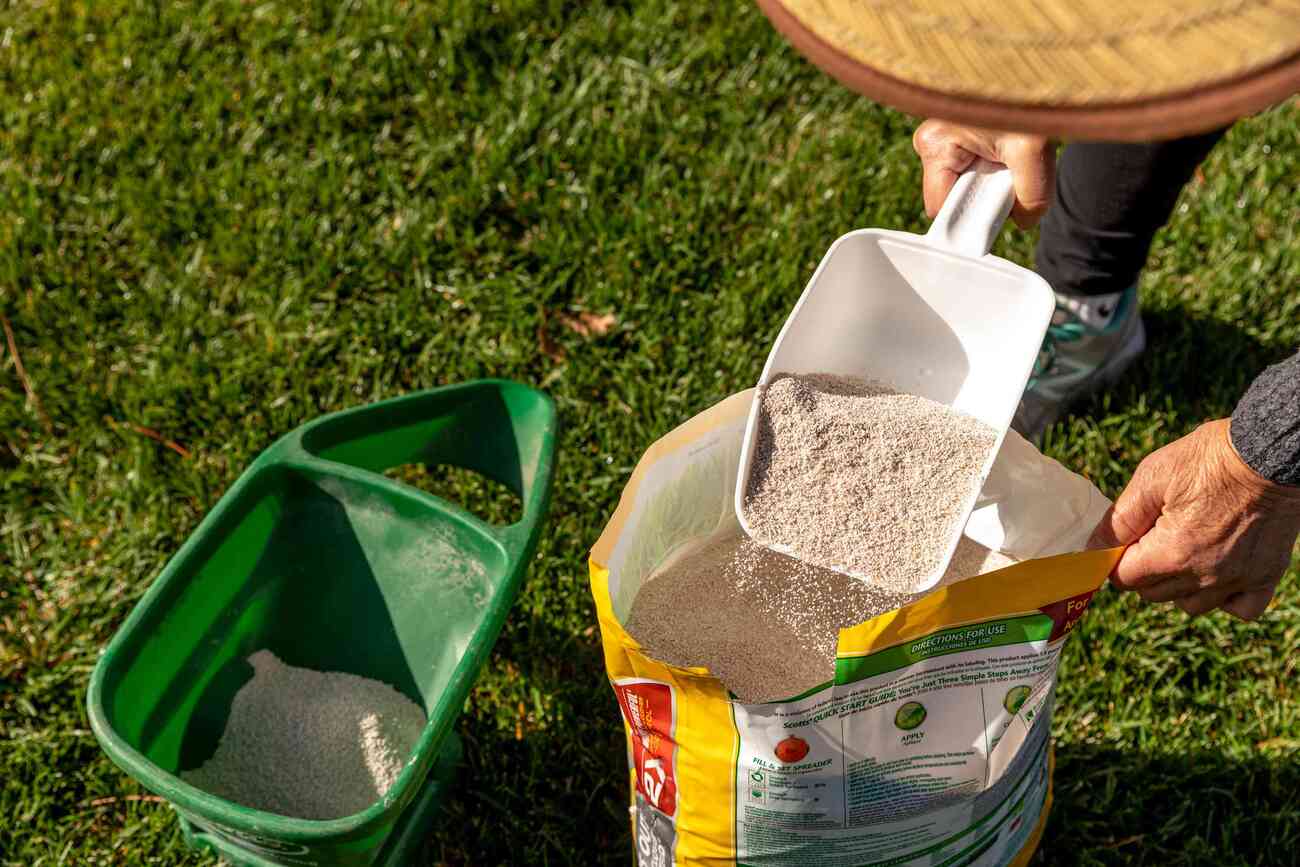
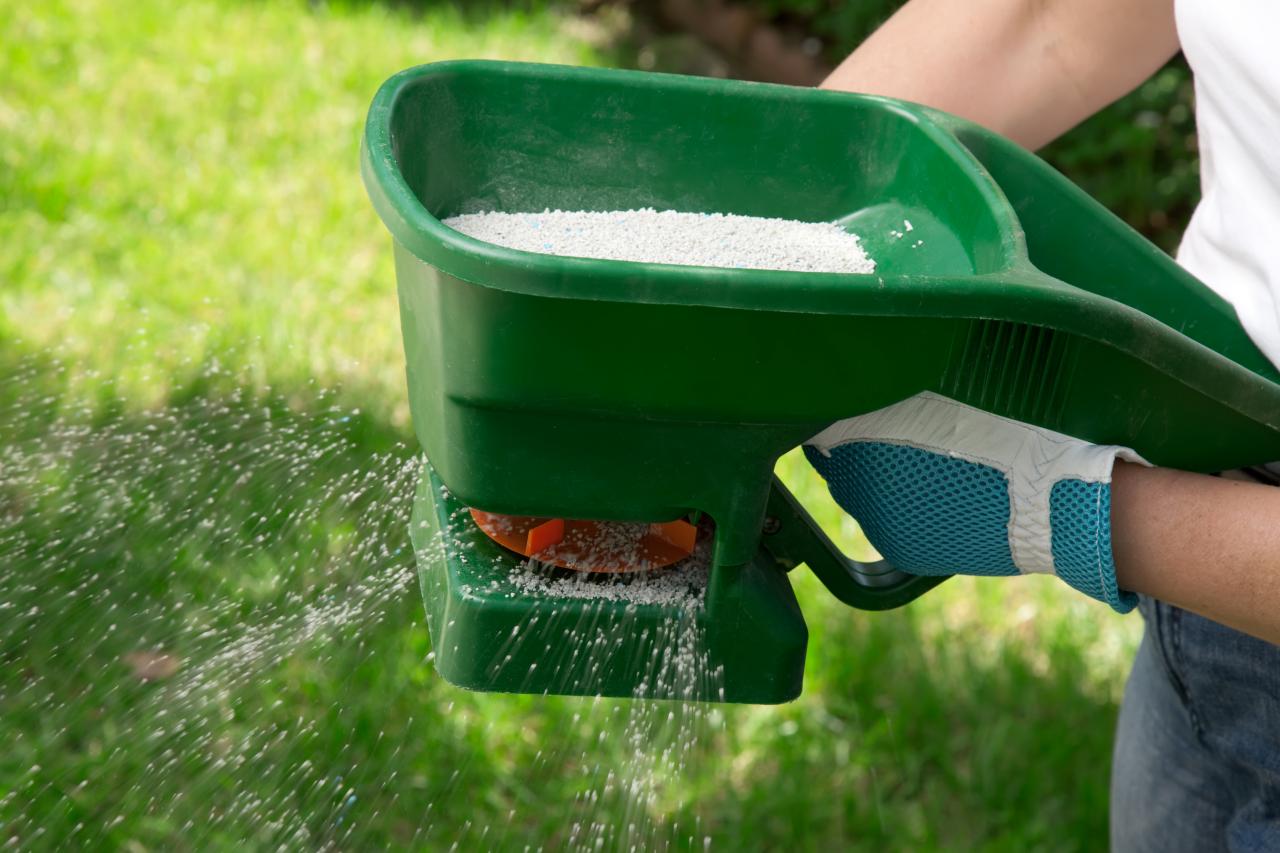
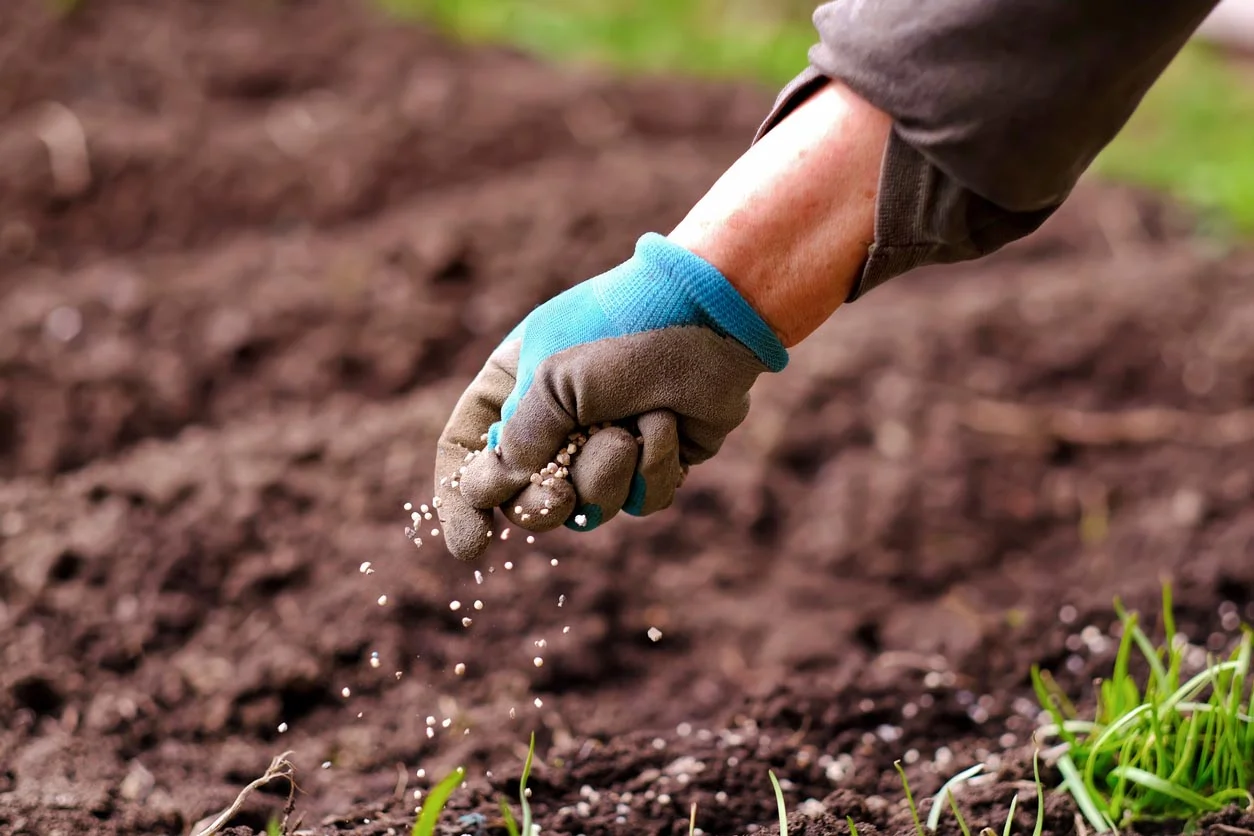
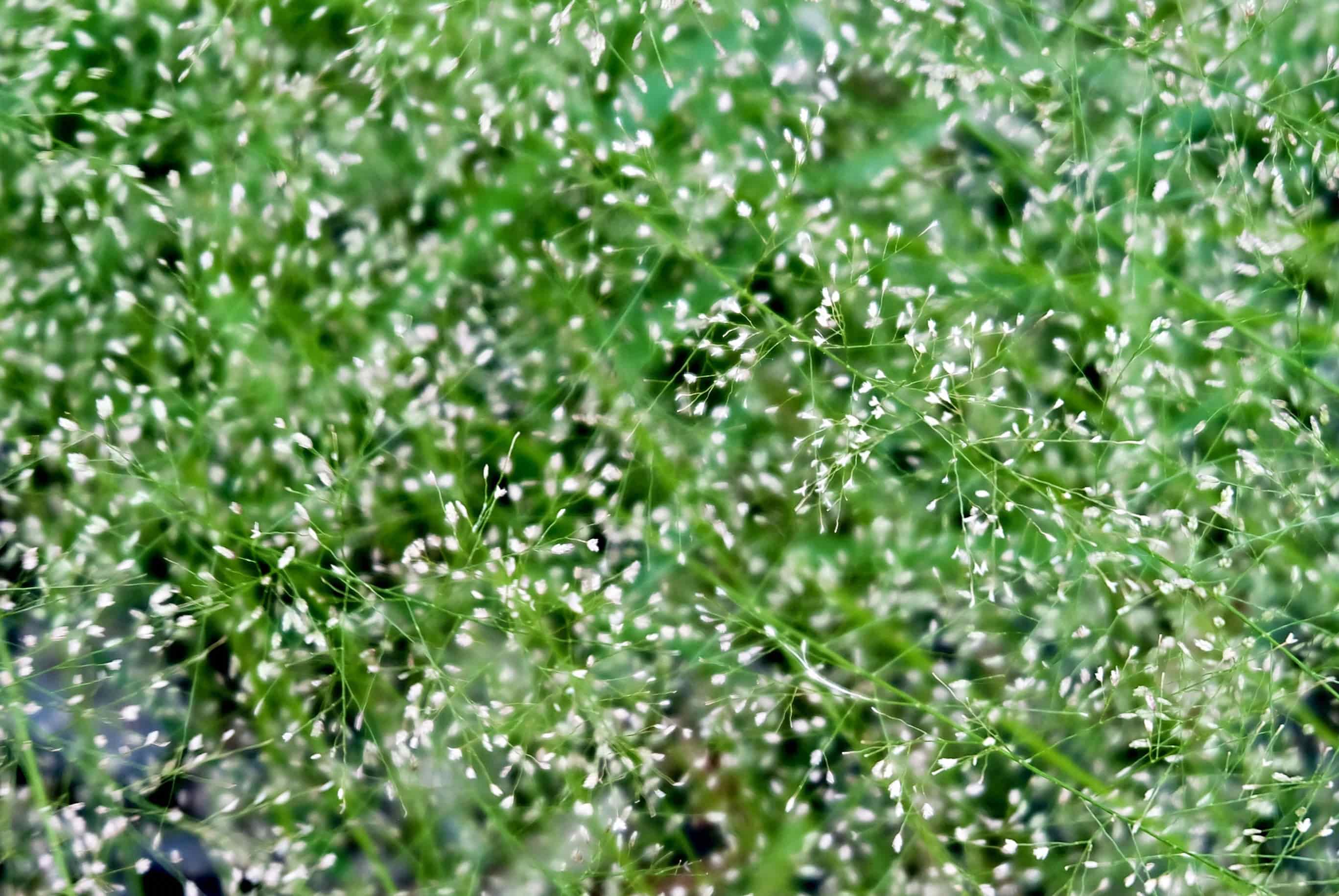
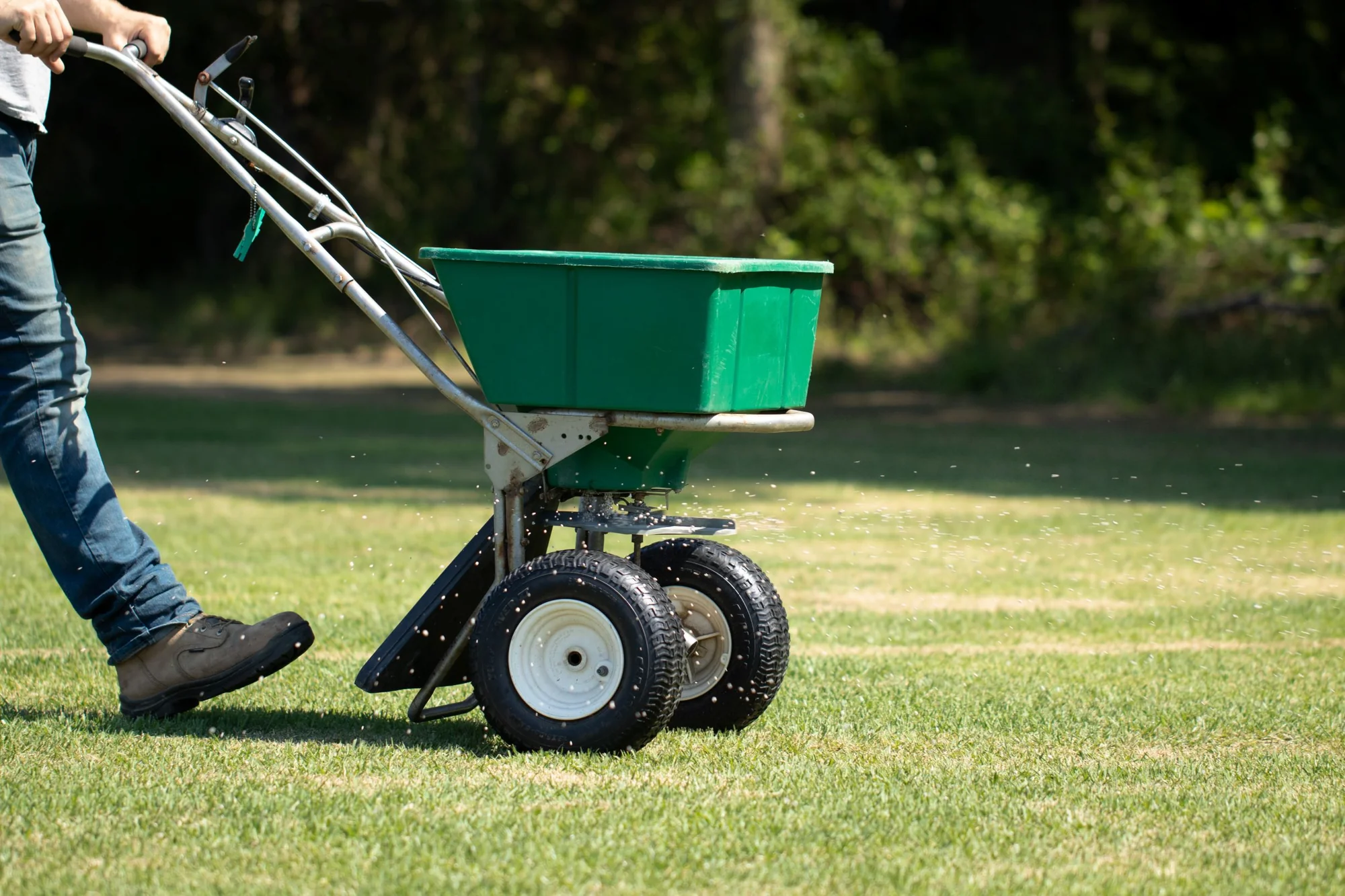
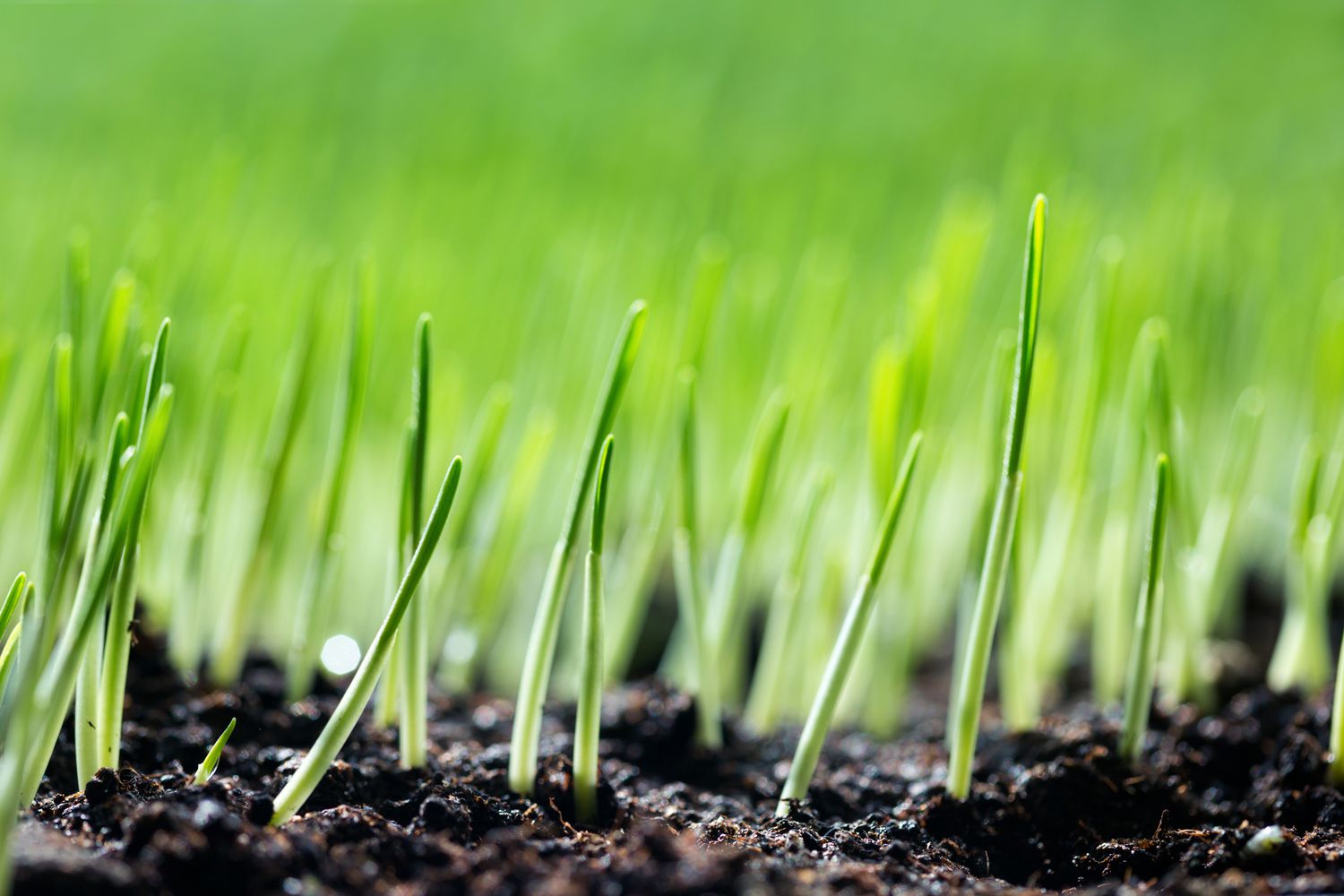
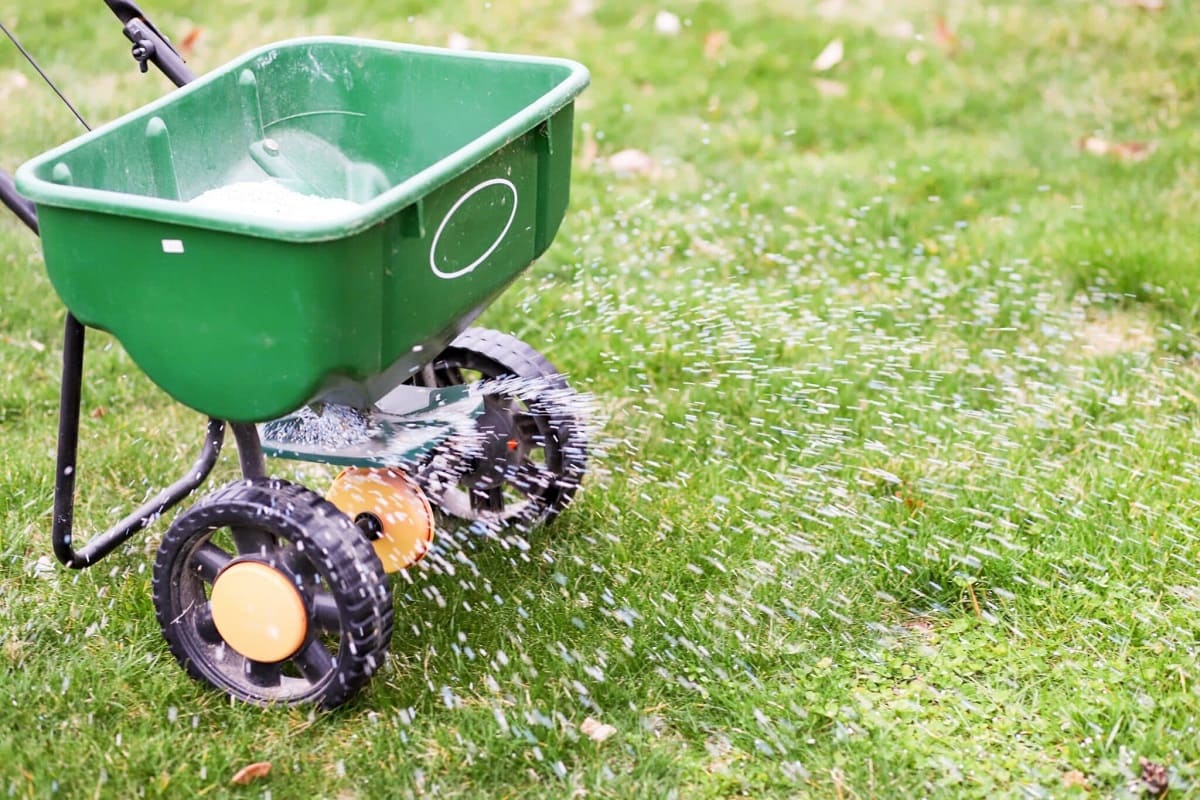
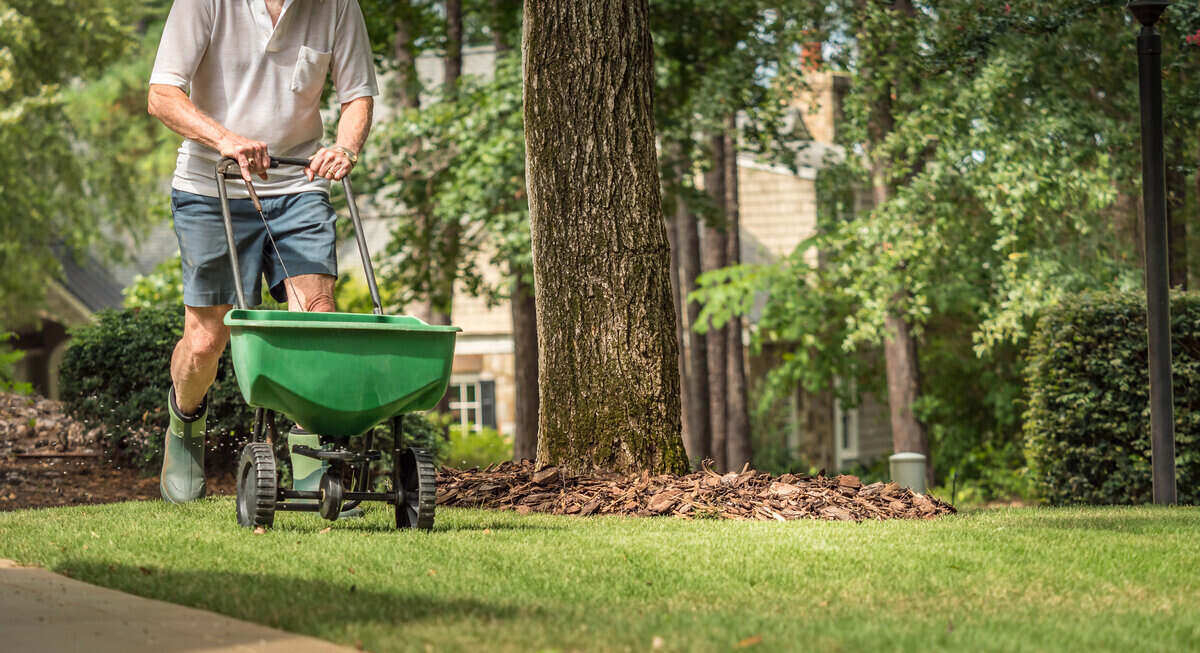
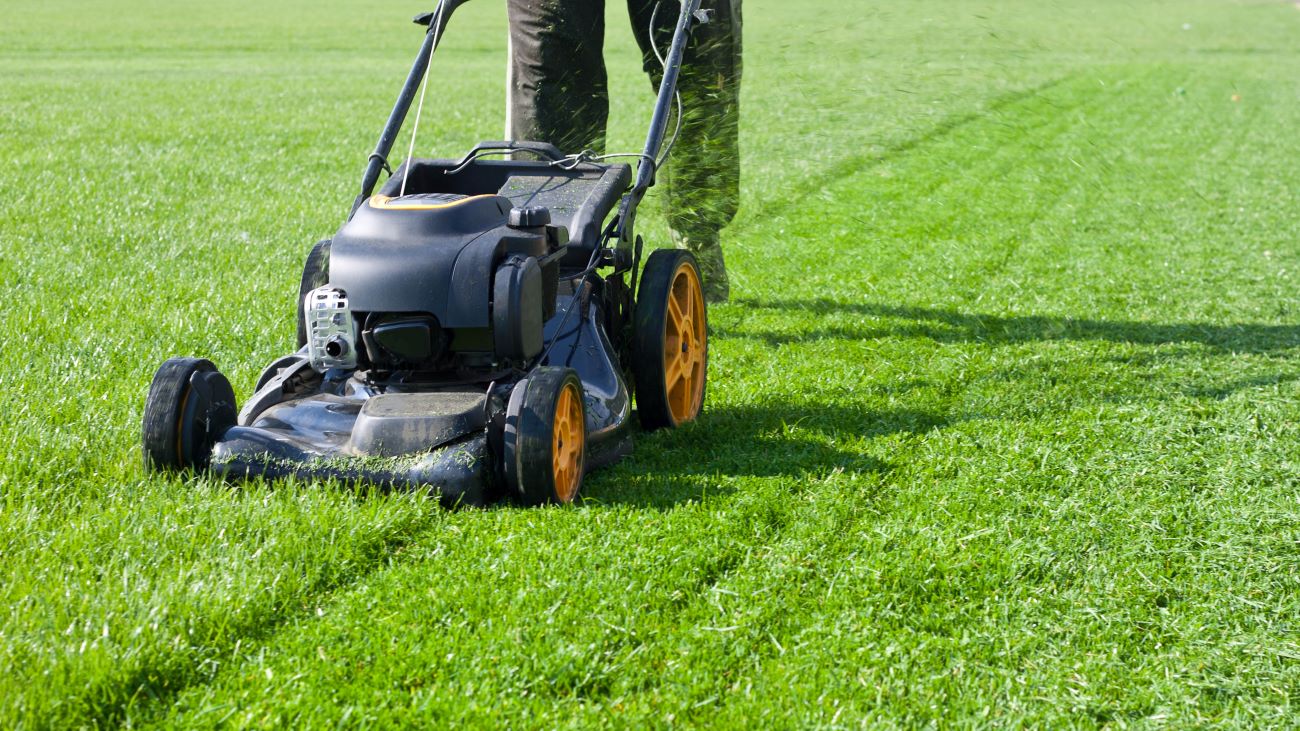
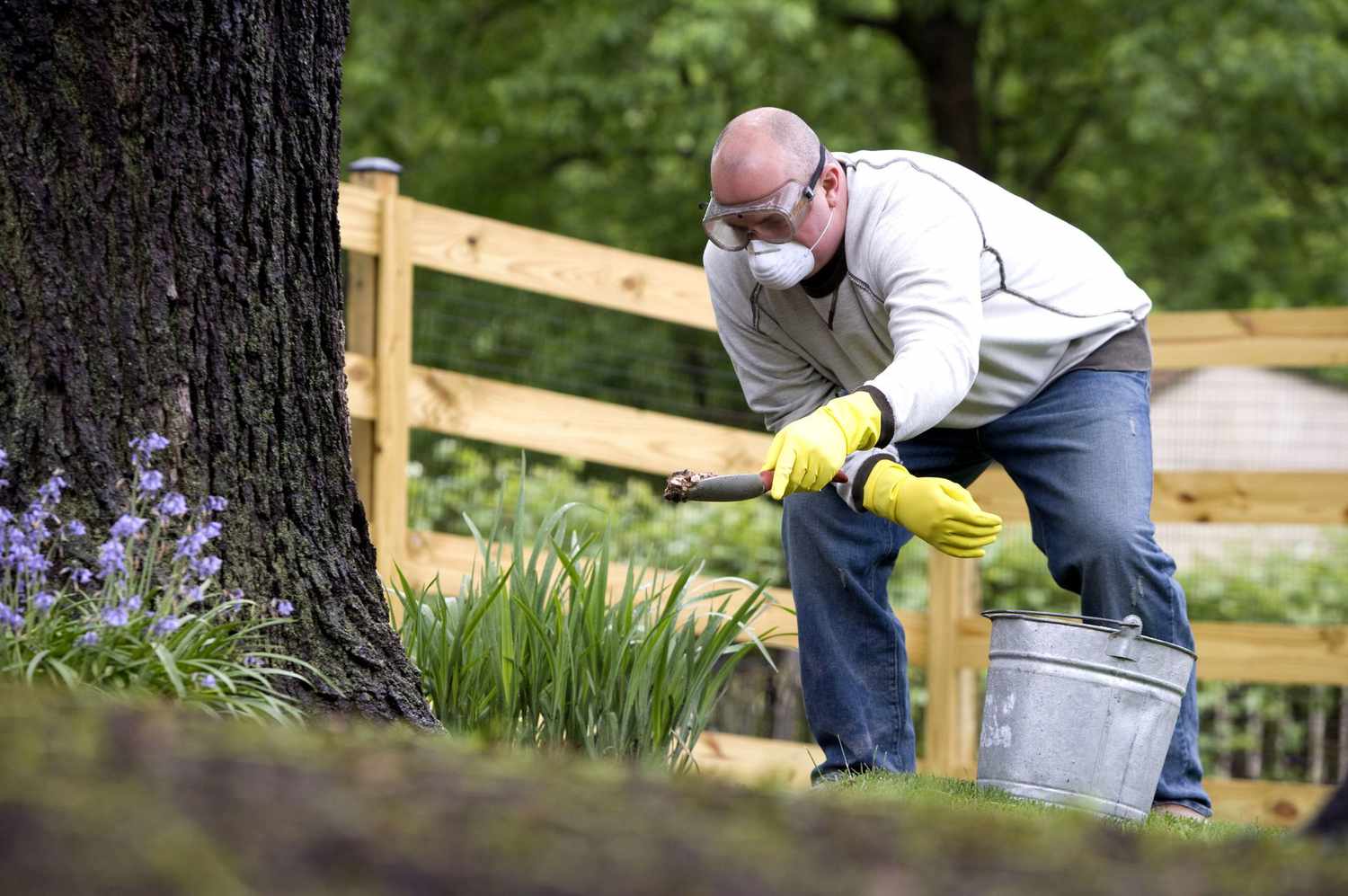
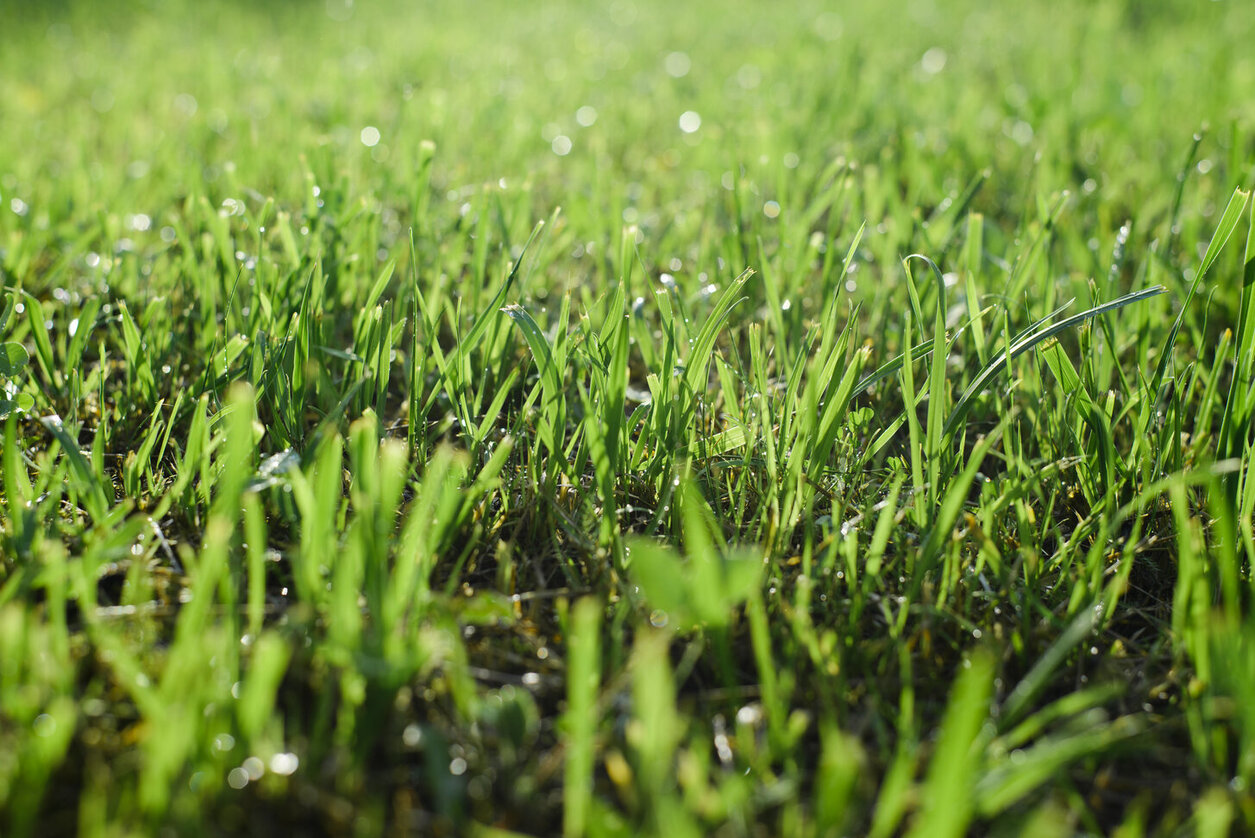
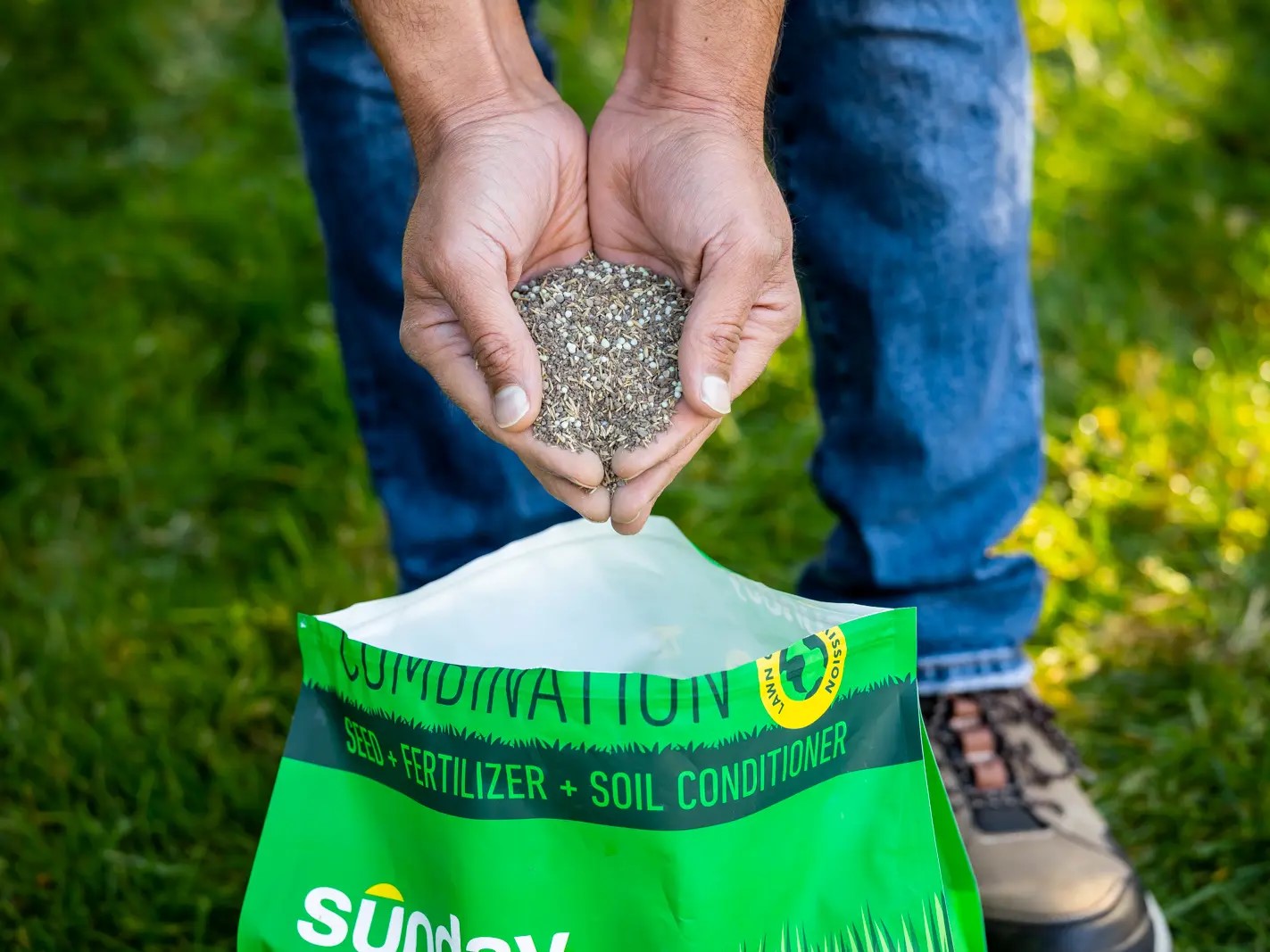
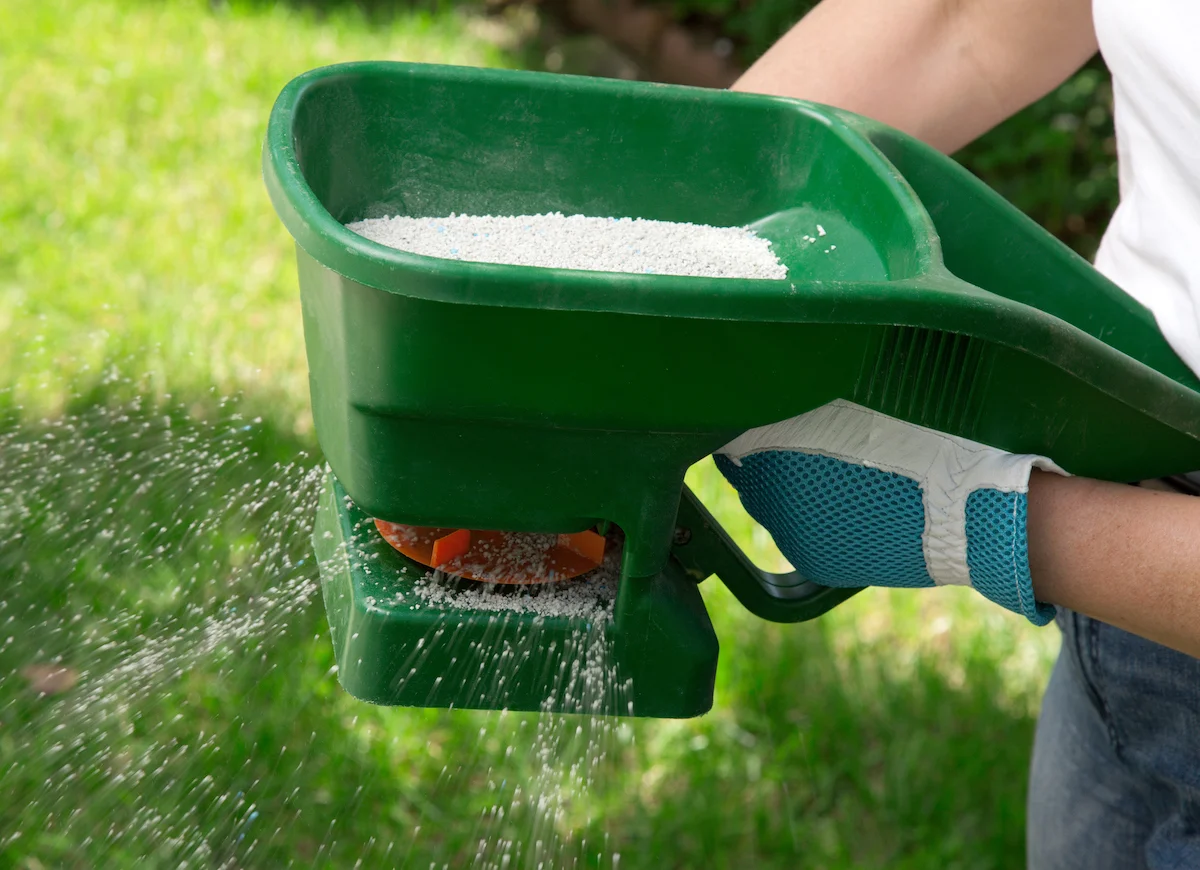
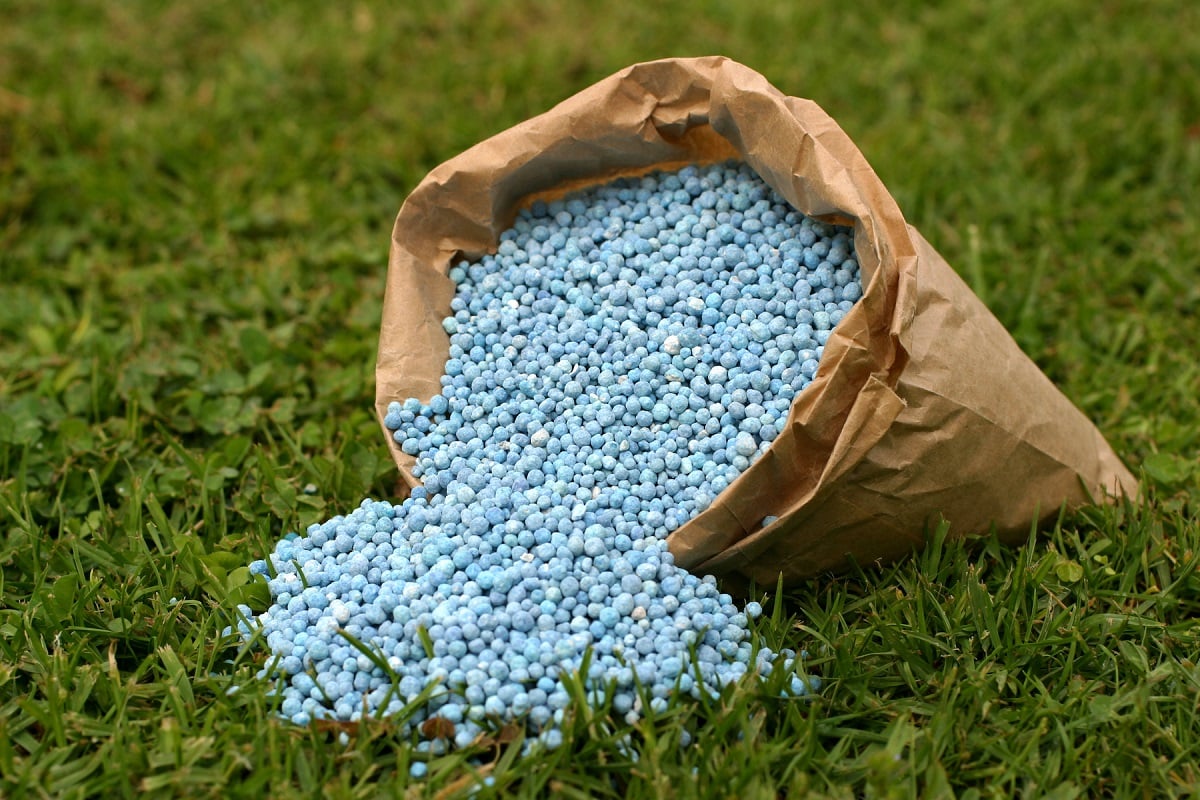

0 thoughts on “When To Fertilize Grass Seed”